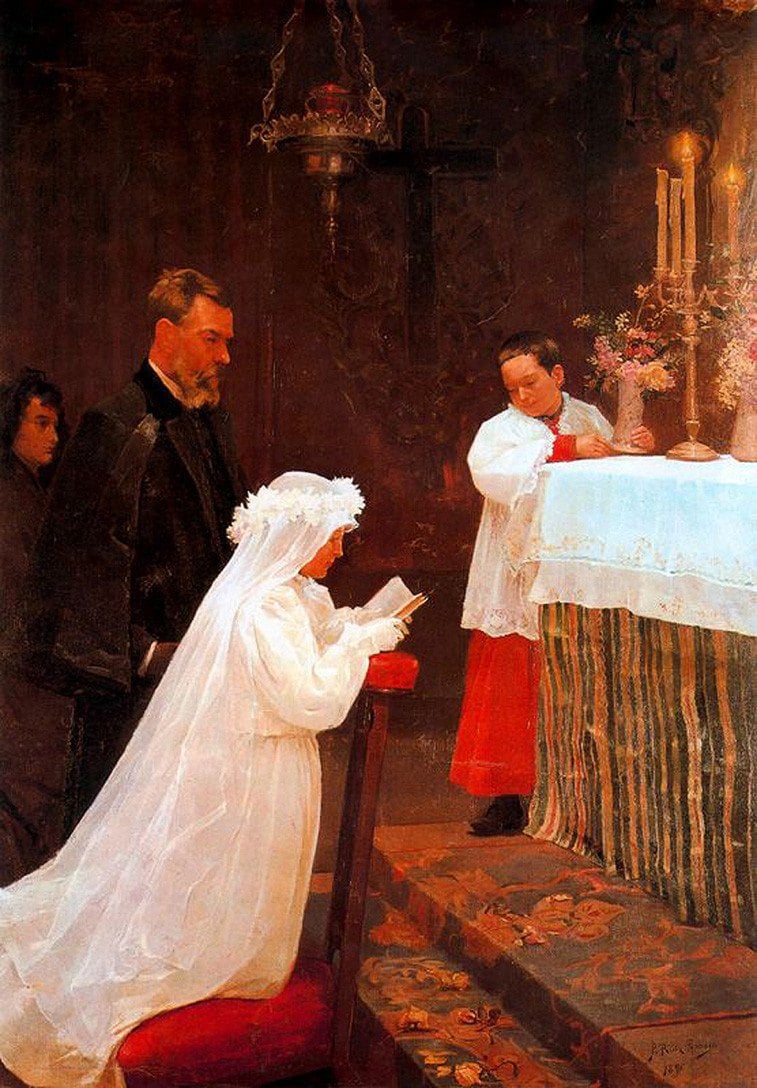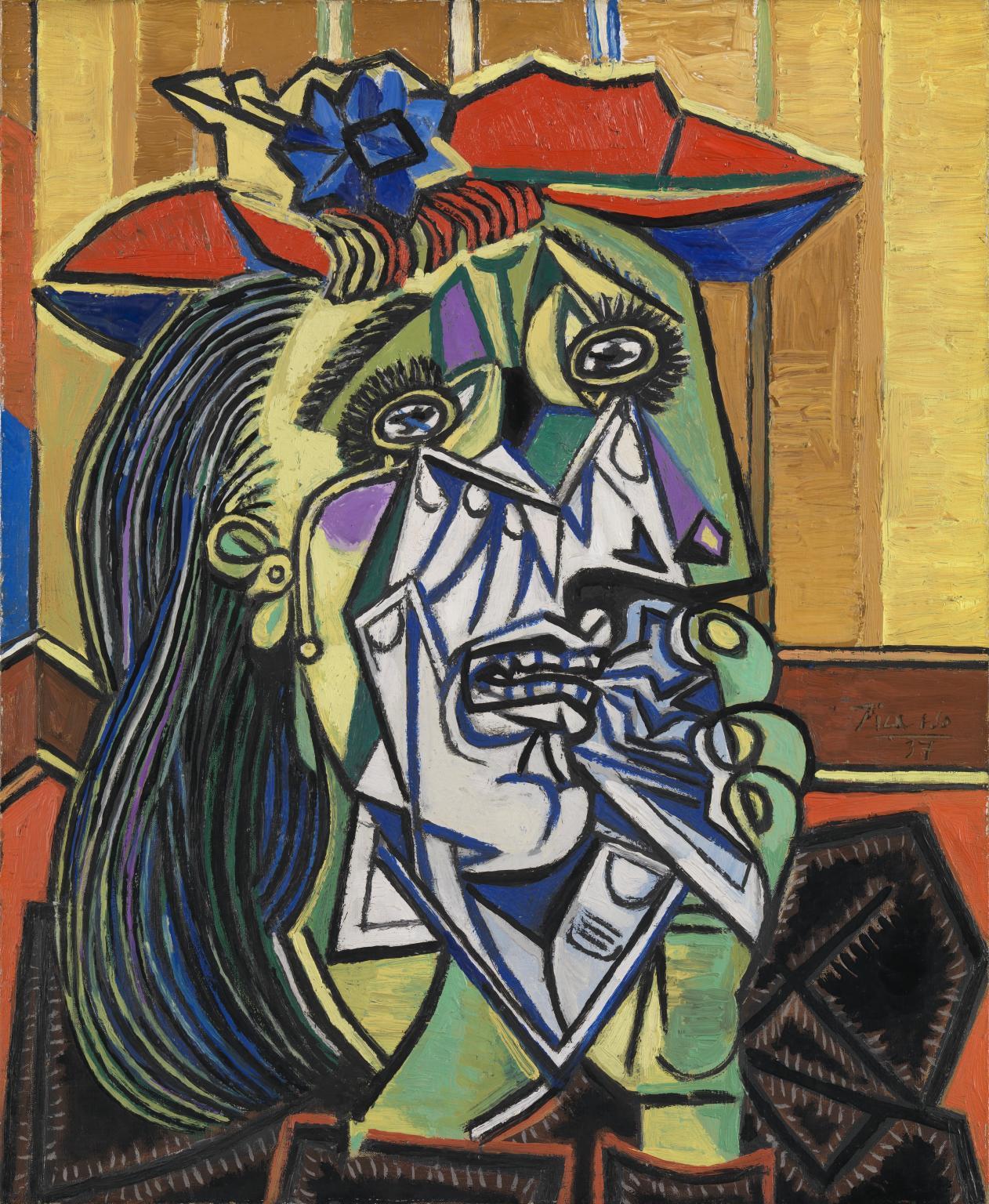People often talk about creativity and inspiration as if it is a thing totally distinct from them. That ideas generate themselves spontaneously, or as if it is a trait that some people are born without and can’t ever gain. These ideas are commonplace, but are totally untrue.
Some think creative works exist in a vacuum, and are, by their nature, totally original, and entirely the work of some lone visionary. This again is untrue. Nothing comes from nothing, and even some of the most creative people of all time were inspired by countless works, and everything they had ever done or seen. For example, William Shakespeare, almost all of his plays like Hamlet and Romeo & Juliet were inspired by other works, or were retellings of history. His stories have transformed our artistic landscape, and they wouldn’t have existed if he didn’t work on his creativity or inspiration.
In fact, creativity can be developed, it always is. It is useful to think of creativity like a skill, and like any skill, you can build on it, work on it, and increase it. In this way. Someone who thinks themselves as uncreative today may one day become a great creative.
These myths about creativity are damaging to our culture. It isn’t hard to imagine how these myths begin. As children, we are not taught to be creative, and those who are taught to do creative things, like painting or creative writing are taught in such a rigid way that true creativity can never blossom.
In an art class, children are taught how to draw, they may also be told to express themselves in art. Yet, as these classes tend to have set standards and aims, if their work doesn’t meet these vague standards, they may get a bad grade. This can easily lead someone to believe that they simply aren’t creative enough.
To counter the creativity myths, I have devised a framework for developing creativity. I have identified four levels of creativity that can be developed. Think of it as a ladder leading to great creative potential.
The Four Levels That All Genuine Creatives Must Go Through
With this system, you’ll be able to measure your own increasing creative ability, and by doing so, becoming more creative would stop seeming like an abstract aim, but a concrete, and attainable goal. With this model of creativity, it becomes far easier to measure your creative improvement.
It is also a great idea to consider where you would like to improve creatively and use these levels of creativity as a way to help define your path to improve your skills. If you want to improve your writing skills for example, work your way up from the basics to more advanced techniques. Get a feel for everything and work your way up.
Level 1: By-Chance Creativity
This is the most common and base form of creative ability. On this level you are still very much able to produce great creative works and think creatively. But being not too knowledgeable about creativity or your own creative ability, it is difficult to replicate any creative success you have. This of course can be improved through developing your creative ability.
Level 2: Learned Creativity
On the second level, your understanding of creativity and your own creative potential has increased. On this level you will find you are able to relate more to great creatives, you are able to learn from their experiences as well as your own. You can replicate creative success as many times as you like, but there is a sense that your works rely on the works of others too much. That you are replicating them and their success.
The above painting is by Picasso when he was 15. Picasso was a level 2 creative at the time he painted this. A great piece of work, but pretty unoriginal in style. Many people have painted pictures like this.
Level 3: Creativity Goes Wild
Here the supports are severed. Level two gave you the ability to distill creativity from others, there you learned the rules. Here, with that understanding you get to break or ignore the rules according to your preferences.
This is when you produce creative works you notice that you have a voice or style that is unique to you.
Level 4: Redefining Creativity
On this level you are operating at the highest level of creative ability. This is the level of people like Steve Jobs, Picasso, Alan Turing, and Vincent Van Gogh. These are people who know their own creative potential intricately, know all the rules, and as such are free to utterly re-invent them .
People on this level work in ways that most people can’t match or imagine. They do a lot of experiments and make a lot of creative mistakes, but are able to learn from these mistakes for the betterment of their work.
This is Weeping Woman by Picasso, here with his own distinct, and bold style, Picasso is operating at a high level of creativity. Picasso, having developed his creativity over his lifetime, has redefined the rules of the game. Nobody comes close.
Climbing the Four Levels of Creativity Ladder
If you want to work through the 4 levels, no matter what your current creative ability is, it is important to work from the bottom. You can aim for reaching level 3 first, but start with the foundation. By doing so you will be able to better measure your success.
From Level 1 to Level 2: Log Your Experiences and Knowledge
Develop a library of experiences and important influences that you can draw from. Think about what inspires you and why and think deeply about it. Study the works of creative people you admire, and read deeply about them. By doing so you should be able to work out their techniques and replicate them.
Make sure you get feedback for any creative works you produce. Pay attention to anything people say. Especially the more critical. Maintain a logbook throughout the process to measure your progress. Log everything.
From Level 2 to Level 3: Learn the Rules And Break Them
Exploit each and every opportunity to expand your knowledge. By doing so learn the rules of creativity and your trade.
Once you feel you understand the rules, consider how they can be best implemented, see if you could change and adapt them to suit your goals and intentions. Don’t break the rules for the sake of breaking them. Eventually you’ll start to see beyond the ordinary ways of doing things.
Find like-minded people, people who you can share ideas with. In retrospection and discussion your knowledge will increase further. Steve Jobs wouldn’t have been the man we celebrate today without the early collaboration of Steve Wozniak.
From Level 3 to Level 4: Experiment And Create New Rules
Every time you see a piece of creative work, either your own or someone else’s, ask yourself this question “How was this done?” “How can it be improved?”
Never stop looking for ways to increase your knowledge and understanding. If you are in a race and stop before finishing, others will overtake.
Using all of your developed knowledge and skill, try to think of ways to use what you have learned to produce works, or be creative in ways nobody has before. Originality can only come from influence, this seems like a paradox, but it is true.
Welcome failure. See your failures, and the failures of others as learning experiences. The great politician and Lawyer Robert Kennedy once said
“Only those who dare to fail greatly can ever achieve greatly.”
Creativity Doesn’t Come in a Flash, It’s a Journey
Creativity is like life, it is a quest for constant self improvement. It is a quest that can only be undertaken though, with knowing the rules, then breaking them, then re-inventing the rules.
Now you know what you need to do to boost your creativity. Follow the four levels of creativity, and work your way up to becoming a true creative person.
Featured photo credit: Gabriel Barletta on Unsplash via unsplash.com














































